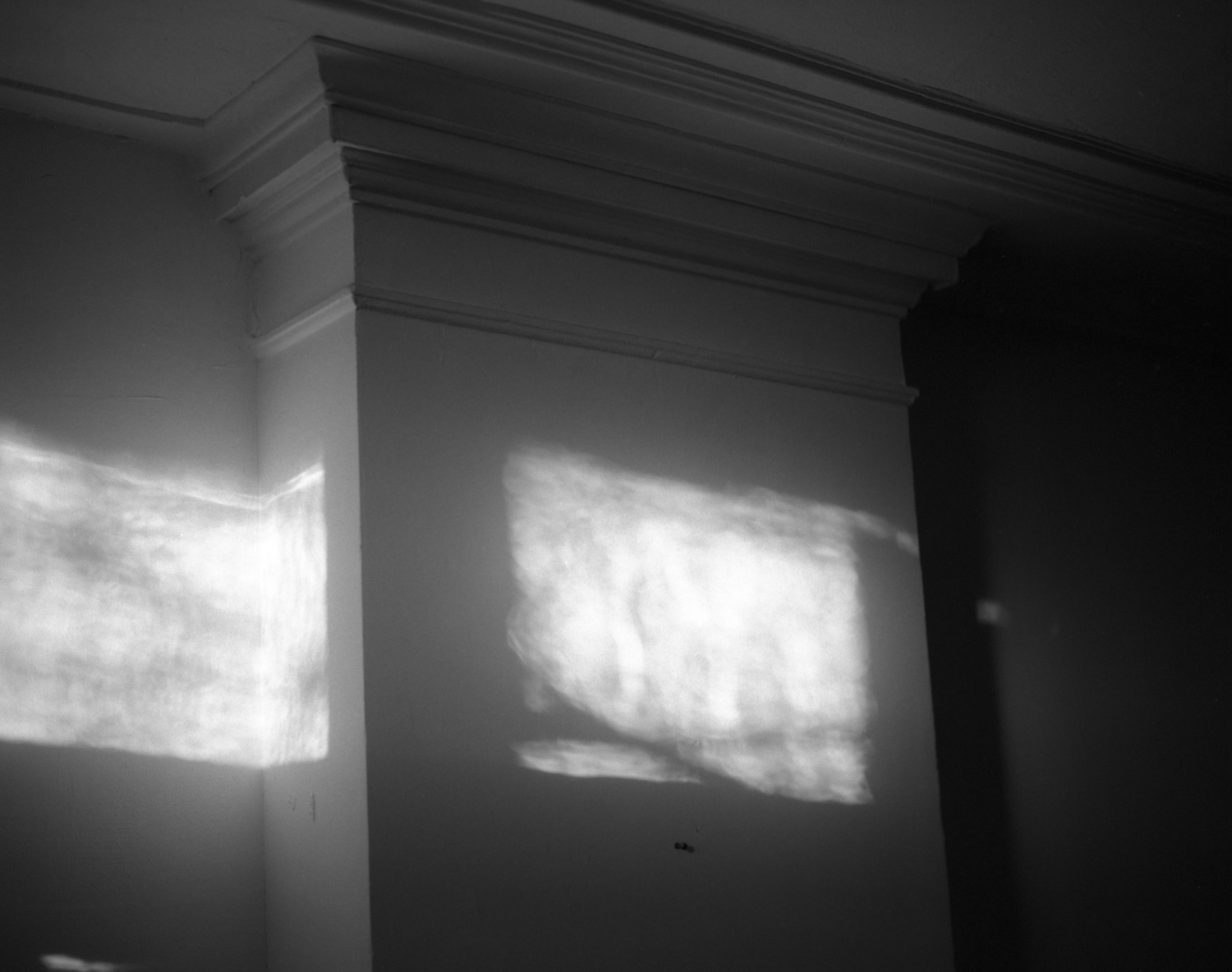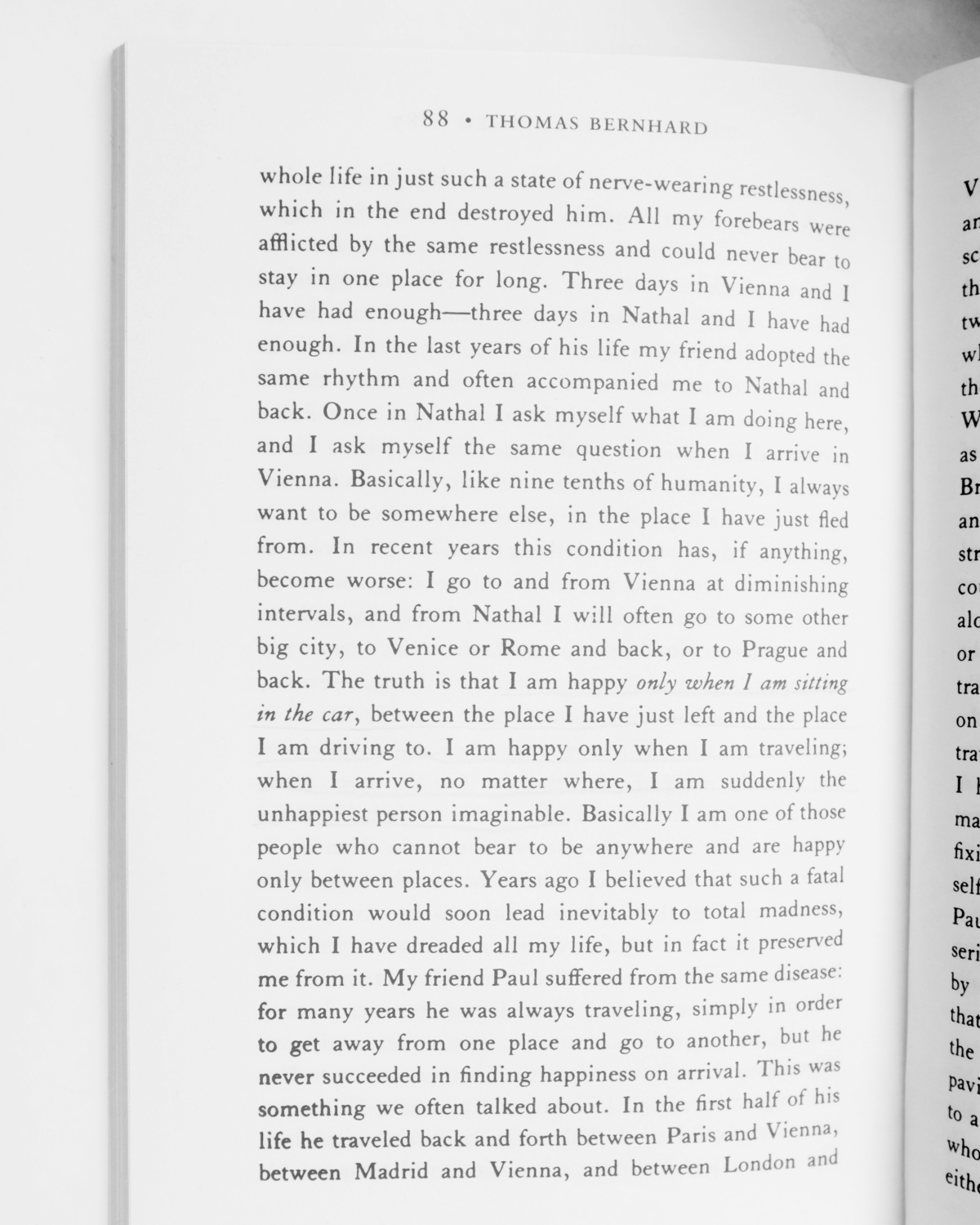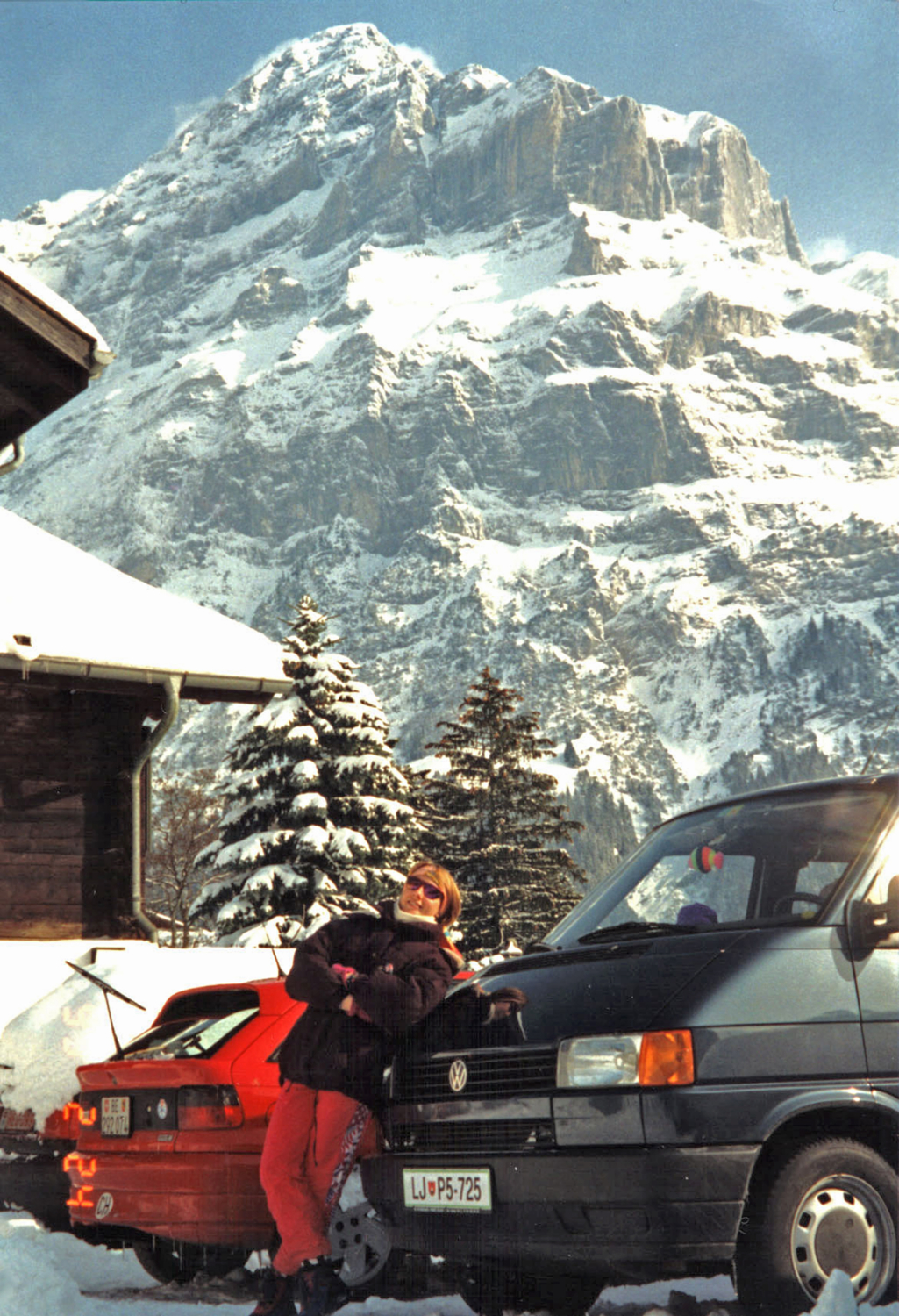Artist Blog
Every week an artist whose single image was published by Der Greif is given a platform in which to blog about contemporary photography.
Wuppertal
Mar 27, 2020 - Ana Zibelnik
On my 24th birthday, I bought myself a compass. I found it in an antique store in Jordaan, Amsterdam, and it was terribly overpriced. At that time, it had been just over a year since we moved to the Netherlands and none of us liked it. What bothered me most was the country’s perfectly functioning and structured road and railway network. Commuting from A to B has never been faster and easier; a journey that would have taken a good hour at home could be over in just about 10 minutes. Even without the slightest knowledge of the language, it was extremely difficult to take the wrong train and get lost. We came here with an old Ford Mondeo, much too old to legally drive into the low-emission zones of contemporary cities, which I got from my parents in 2014 after gradually colonizing it with CDs, bottles, plastic cutlery, and blankets. I never thought about cars until I was without one, but family wheels hold a special place in my memory, especially in how they divide it into periods. The first one begins with a story told over and over again about how when I was just a few months old, I wouldn’t sleep unless somebody would drive me around on a bumpy road. It was a big blue Volkswagen Transporter from 1990, with the back seats removed in order to make space for musical instruments and two enormous speakers. On the sliding door, there was a sticker: music in motion. The kombi marked the nomadic years of my parents’ career as musicians and my endless journeys in the single remaining back seat. The Mondeo which I later adopted came after it and besides a switch of careers indicated a beginning of a more settled lifestyle: for me, the 12 years of primary and high school. On the day it arrived, I was so excited I accidentally boxed into a sandblasted wall and got myself a pretty painful hand injury. The third and last one was a white Jaguar that my mother bought immediately after moving to England. I always thought it looked cool, but it was again old, drank vast amounts of gas and kept breaking down. It was the car of exploring new territory, of cursing in various Balkan languages over driving on the left, and of slight sadness. There were countless occasions when it would pick me up or drive me to the airport which would make my mother’s eyes teary, and even more of being squeezed between my not so skinny grandparents on our longs trips to the coast while making vivid comparisons of every village or city we passed to those of Slovenian Styria. “Look, it is exactly like Štore”, they would say, when of course it was not even remotely similar. These are all matters of memory, but what cars (especially the lonely rides) do above all is open up space for thought. I can only think while driving, or as Thomas Bernhard put it in Wittgenstein’s Nephew: “The truth is that I am only happy when I am sitting in a car, between the place I have just left and the place I am driving to.” It is not only about the movement but much more about the temporary displacement they offer which makes it possible to dream up all kinds of projects and scenarios. A little bit like in the scene where Philip (Alice in the Cities, 1974, Wim Wenders) alphabetically reads the names of German cities to Alice so she could remember where he is supposed to take her, and she only responds to “Wuppertal” (her nearly last chance), I always wish I could push the final destination slightly further – to a W or perhaps even a Z.





